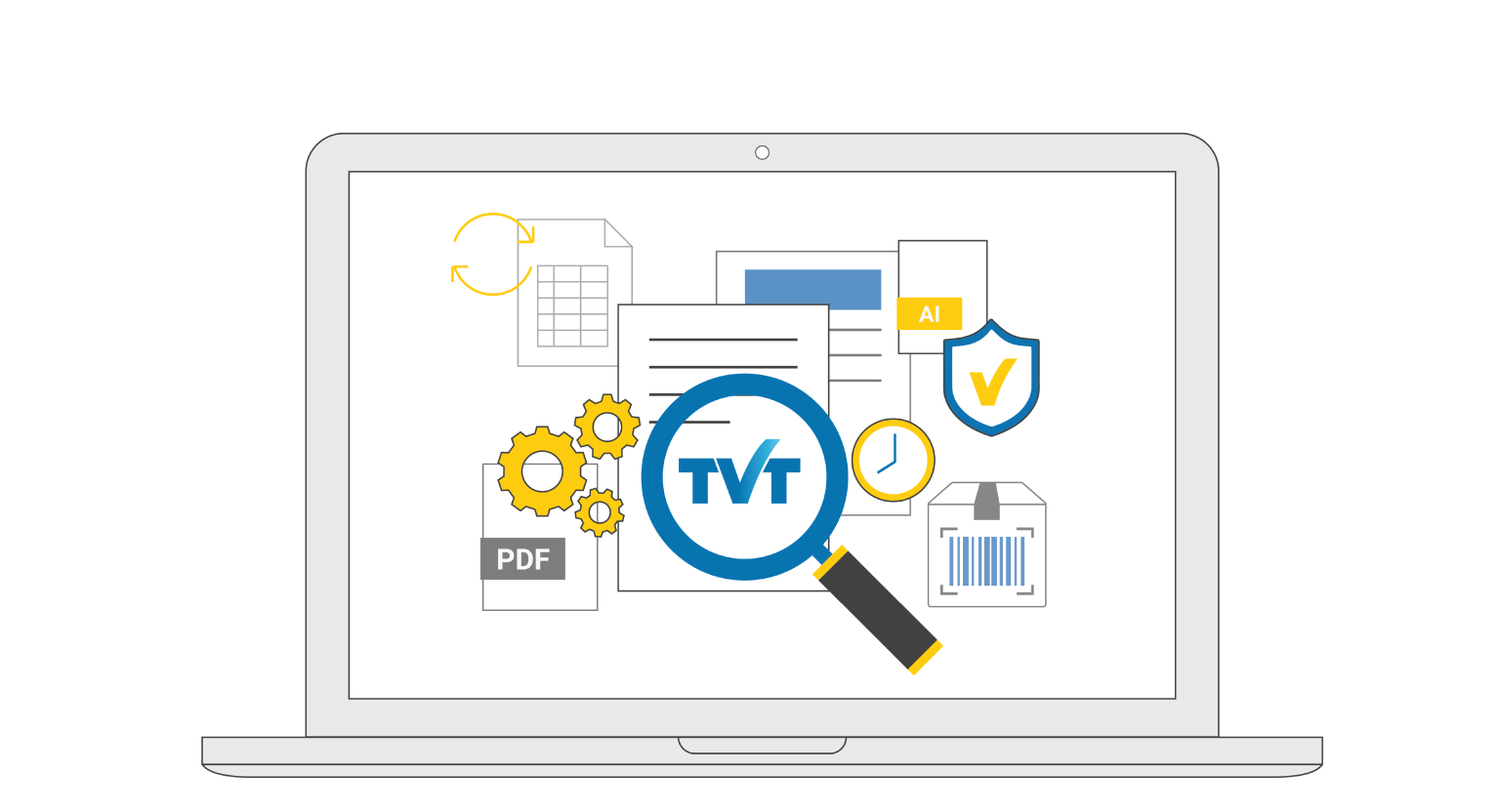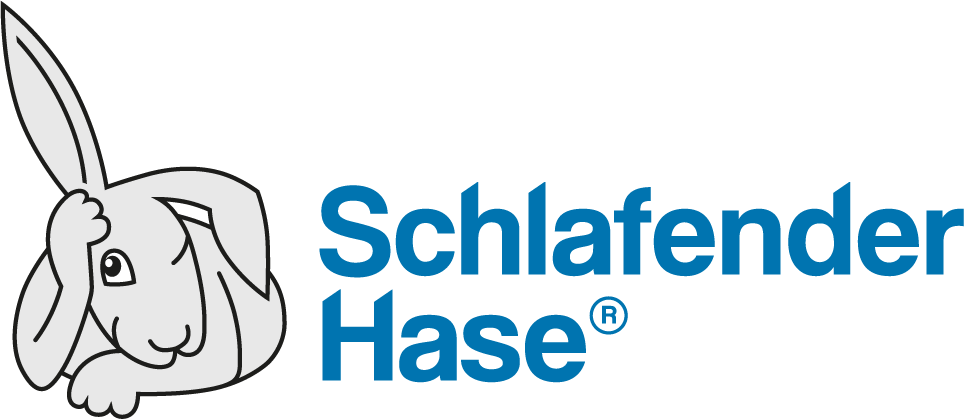Risks, stress and more; there is a lot at stake when proofreading in life sciences.
Here are nine reasons why proofreading in life sciences can be a nightmare.
Increased Risk
Stakes are very high in Life Sciences because mistakes on labeling and packaging pose a risk to patient health. Potential misprints or labeling-related corrective and preventive action (CAPA) may be required. In some cases, the product must be recalled. Recalls are not only costly and jeopardize the profitability of products and companies, but they also impact the company’s reputation, the brand’s value and the availability of a product, potentially leading to loss of market share and market value.
Cost
Proofreading in the Life Sciences industry requires the involvement of highly qualified professionals with knowledge about both the product and regulatory and local market requirements. This creates a hidden cost of proofreading, as these professionals’ skills are not being used on more value-adding or strategic tasks.
Human Error
People make mistakes. It’s what makes us human and how we learn. The issue, when it comes to editing and proofreading medical labeling and packaging, is that there is no room for error. People’s lives are at risk. However, it is also unrealistic to think that someone can review a multi-page leaflet in 9pt font size without ever missing something. This becomes even less realistic when the proofreader must review the same document for the 3rd time, at the end of a long day or just after lunch.
Deadlines
Life Sciences professionals often tell us how difficult it is to meet tight deadlines. Products must get to market quickly to maximize patent and exclusivity periods or to keep the edge on competitors. Proofreading is time consuming and deadlines put on manually proofreading regulatory content create a pressure cooker environment.
Increased Stress
Proofreaders in Life Sciences bear a heavy weight because of risk and cost factors. Proofreading manually can make this task seem never ending. Proofreaders carry the responsibility of getting it right – always.
Multiple Languages and Regional Expertise
Proofreading foreign languages manually is a nightmare if the right processes are not in place. Local language experts are required, which adds potential delays and workflow challenges.
Layout Challenges
Comparing a five-page Word document to a one-page PDF document that has a completely different layout further adds to the complexity of the proofreading process in Life Sciences. Adding proofreading Braille or barcodes, or ensuring consistency between the electronic and paper versions of labels can make your worst dreams come true.
Change Control
Working with external partners such as artwork teams, translators, contract research organisations (CROs) and printers often means additional review cycles to check for unapproved changes – a nightmare for any proofreader.
Boredom
Quite frankly, proofreading the same document manually for the fourth or fifth time is not only stressful, as mentioned in point #5, but also tedious and boring. Whenever one change is made to a text, the whole document must be re-read, always, adding to the boredom, which in turn increased the likelihood of missing an error. And also… Is the document always re-read entirely? Most admit it is not.
But Don’t Worry!
Proofreading does not have to be a nightmare. In fact, you can easily do away with repetitive proofreading cycles, manual change controls and the stress that goes along with manual proofreading by using TVT, the Text Verification Tool® from Schlafender Hase.

TVT and its add-on modules (TVT Spelling, TVT Artwork and TVT Barcode) have been designed to ease the burden of proofreading in regulated environments by digitizing the proofreading process.
Here’s what you can expect:
- Reduced risk of errors ► Less likelihood of labeling and packaging recalls
- Fewer revision cycles ► Faster to market
- Less time spent on proofreading ► More time to focus on strategic tasks
- Reduced workload ► Better work-life balance, increased job satisfaction
- Cost savings ► Proven return on investment (ROI) within 12 months
- Increased document accuracy and compliance ► Patient safety
- No more proofreading nightmares ► Sleep better at night!
If you are a Life Sciences company in need of transforming your proofreading process, take the first step to end your proofreading nightmare by requesting a free trial of TVT.
How to get your free trial:
- Complete the form below
- Meet with someone from our team (we’re friendly, promised!) who will show you how TVT works
- Get your free trial





